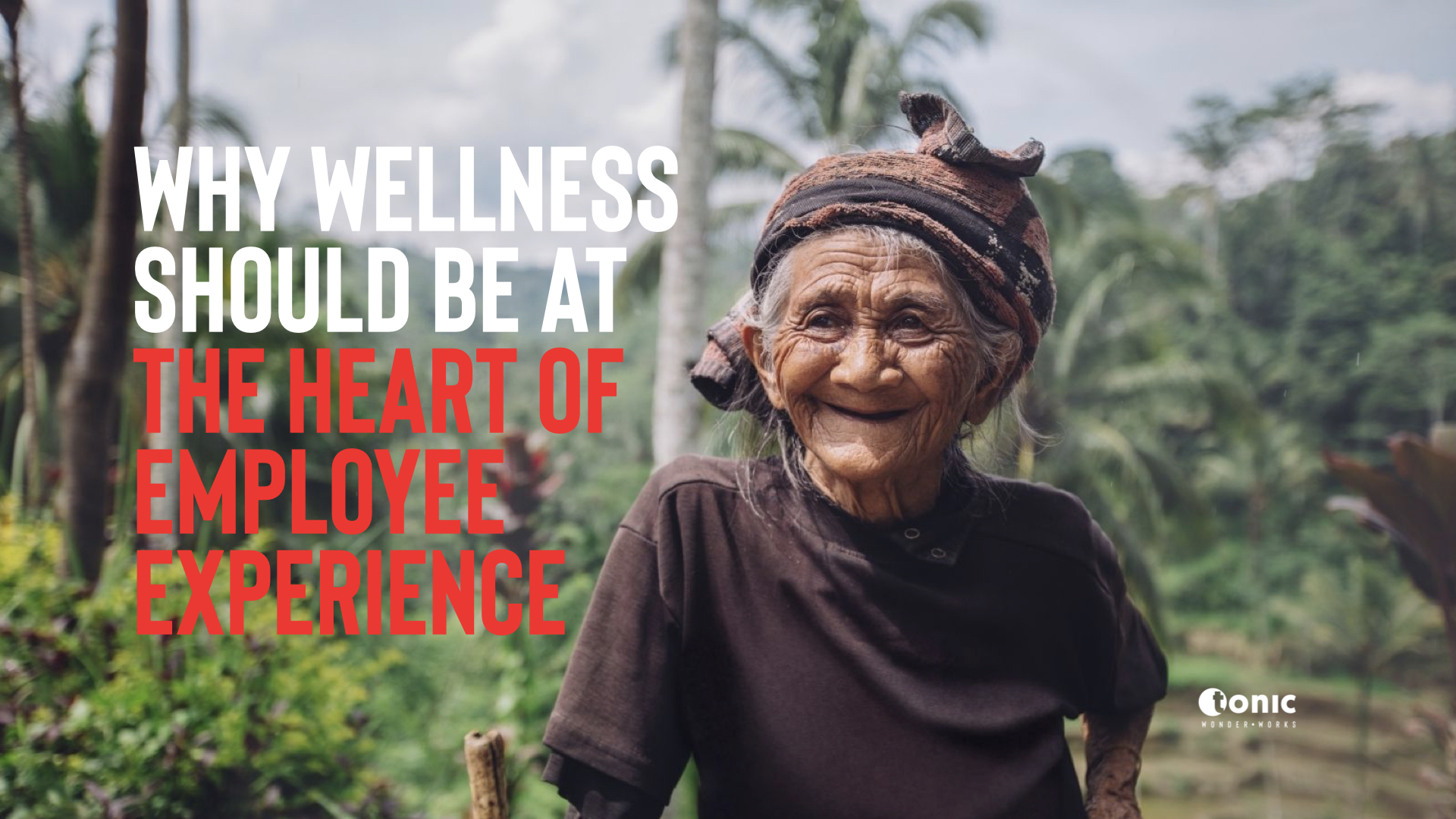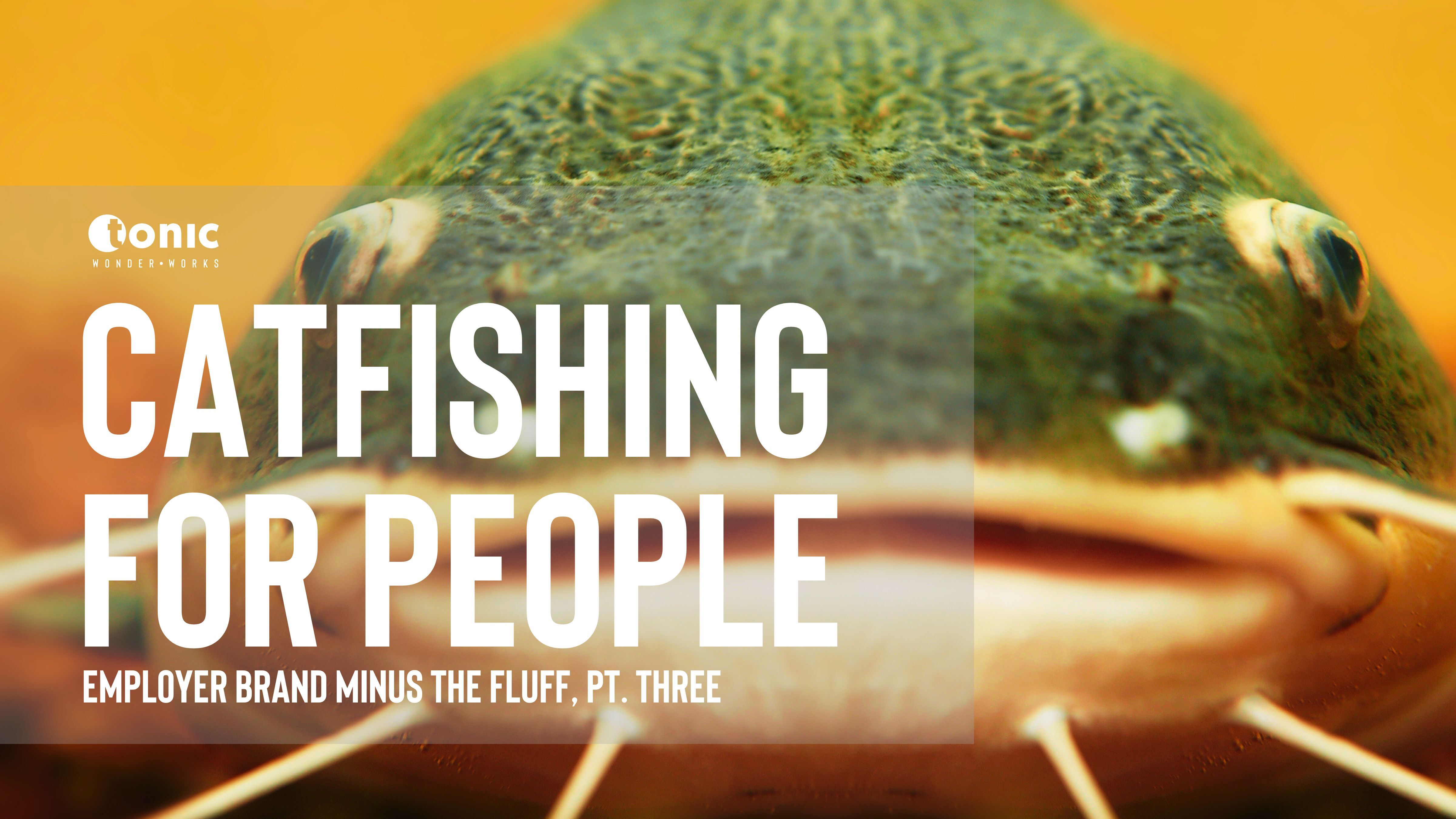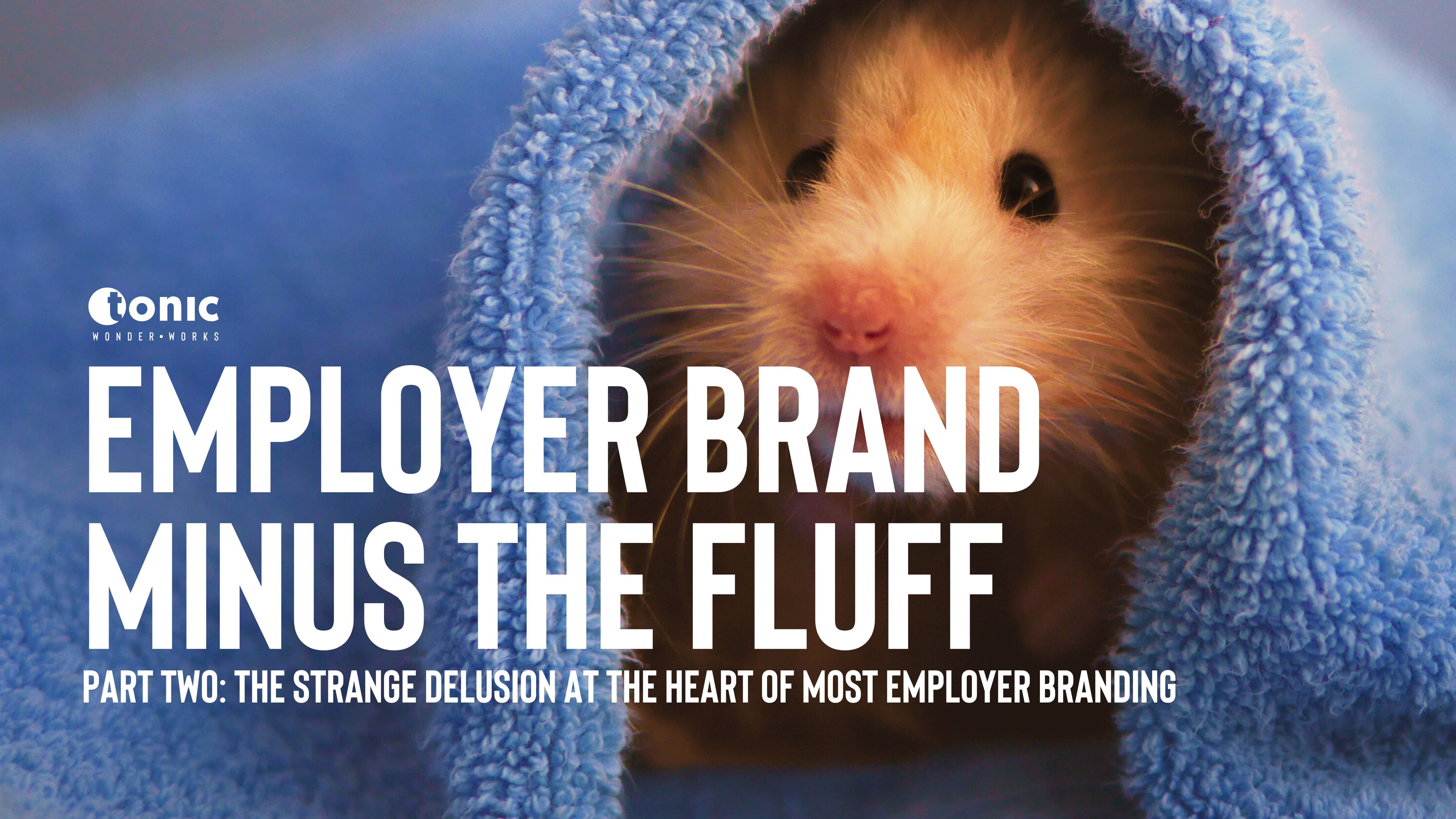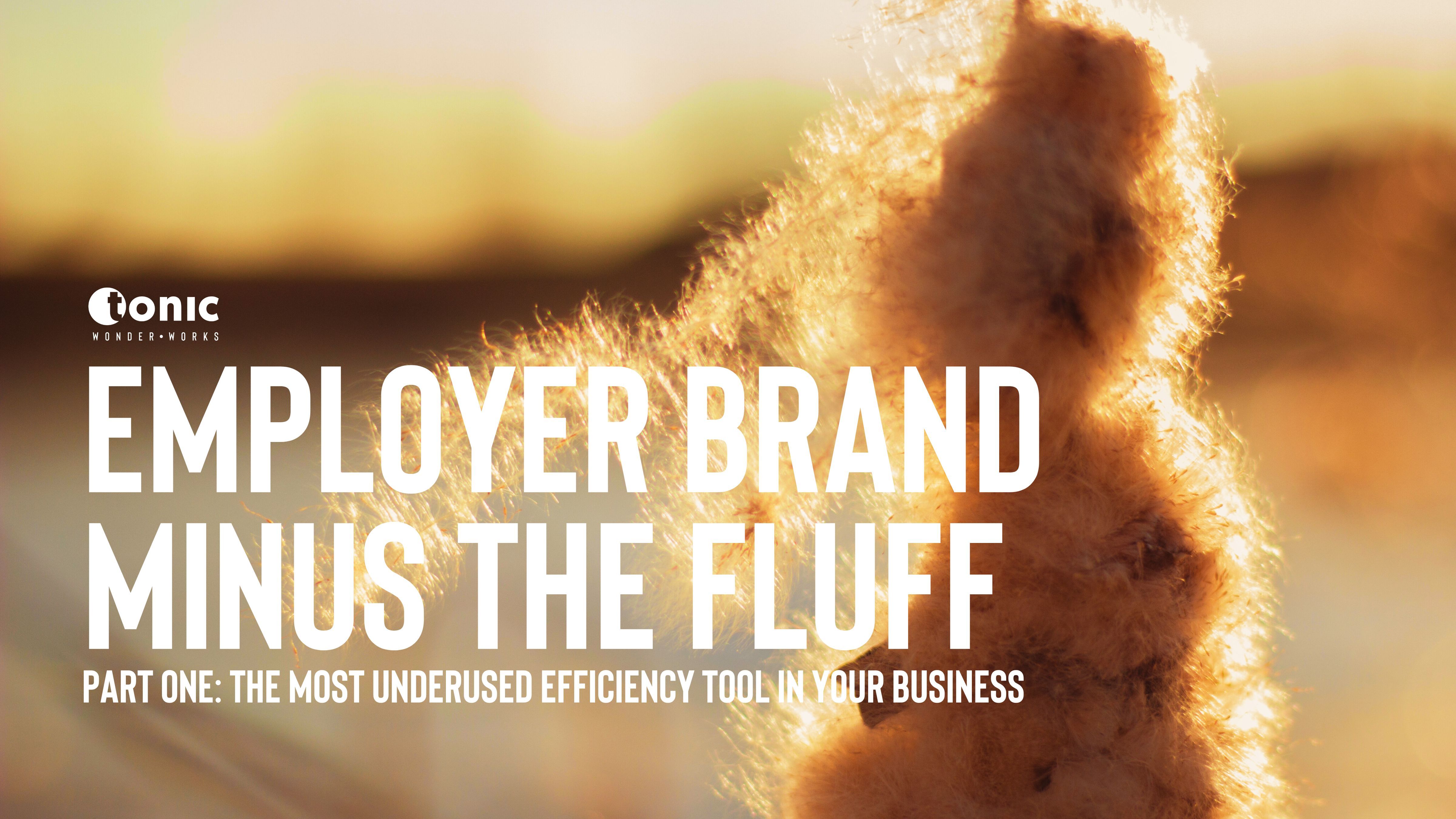Supporting your people should begin at the most fundamental level. Employees can only deal with the complicated stuff if their wellbeing foundation is robust enough.
Like me you might be bored of hearing about the ‘New Normal’, the ‘New Abnormal’ or the ‘Next Normal’ as we continue to ride this ‘coronacoaster’. Just the sheer amount of new terms is exhausting, but we have to admit, the world is changing fast, and these phrases can at least help to illustrate that.
As we move through the first few weeks of 2021, with Lockdown 3.0 underway here in the UK, one thing on my mind has been employee wellbeing - both mental and physical.
As Zoom Fatigue eats up engagement, working parents tackle homeschooling, lockdown amplifies seasonal affective disorder and worries mount for the health and safety of our family and friends - not even counting external stressors ranging from political unrest, economic downturn, to the climate crisis - it’s really no wonder that fears are rising over mass employee burnout.
Wellness programmes have always been recognised as having an impact on a company’s bottom line by engaging employees and boosting morale. But right now, with all the above stated risks in a time when the economy threatens companies in all sectors, surely employee wellbeing is more important than ever for business survival?
Supporting your people should begin at the most fundamental level and work up. Think Maslow’s Hierarchy of Needs - employees can only deal with the complicated stuff if their wellbeing foundation is robust enough.
As you plan your employee experience initiatives for 2021 I’d recommend looking at how wellness can be weaved into every part of it. Asking yourself some of the following questions might work as a starter for 10:
- Is your onboarding two-way - do you learn about an employee’s personal circumstances and how this effects the way they work best?
- Are you offering flexible working? In a Mental Health America survey 56% of respondents listed having flexibility in their workday as the top way their workplace could better support them.
- In employee reviews is there space to talk about mental and physical health?
- Do you allow mental health sick days? EY research showed people are already taking them, but aren’t comfortable enough to tell their bosses the real reason
- Have you considered promoting mindfulness or meditation practice? (Grammarly offered their employees a niche experience that combines meditation and sheep!)
- Could you offer access to fitness apps or online classes?
- Have you replaced the kitchen chat and side of desk activities with something virtual?
- Can you create further connection through mental and physical challenges, competition and gamification?
And since you in your TA, HR, IC or EB role are just as at risk of burnout as anyone else - remember, you don’t have to do this all alone: - Can you elevate wellness champions that can lead this at the employee level?
- Could you train Mental Health First Aiders who can signpost and support their peers?
We know from our research last year that EmployeeX is the most important HR initiative right now, but we’d now argue that in this current environment you need to put employee wellbeing right at its beating heart.
And, if recruiting the right talent also falls into your responsibilities, we have great news: all of the hard work you do in cultivating a caring employee experience will translate externally into a strong employer brand. Giving you rich content and passionate employee advocates to promote your EB.
If you want to talk more around connecting employee wellbeing, EmployeeX, and employer brand, give us a shout. We’ll bring calm heads and fresh ideas blossomed from our morning runs, lunchtime yoga and afternoon meditation.





